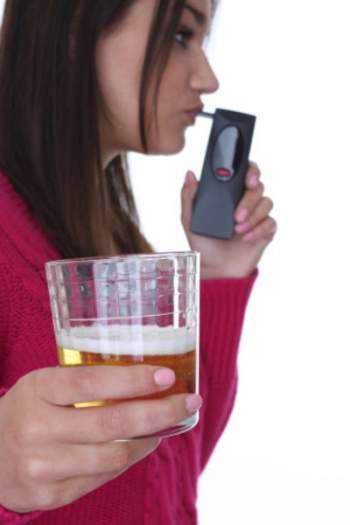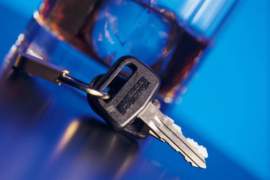
Understanding a Sobriety Test

Application of Sobriety Tests Sobriety Tests are commonly used means through which legal authorities in the United States gather evidence, in a physically verifiable form, toward the end of proving that an individual has committed a DUI or DWI offense. If the evidence from a sobriety test is collected in a permissible context and transacted correctly, then a conviction on the basis of DUI charges may be successfully transacted by the prosecutorial system of the infrastructure of laws administered by the U.S. Formal identification of Sobriety Tests as FSTs The Field Sobriety Test can be understood as the formal identification for this kind of technical measure, as might also be referred to according to the acronym for this kind of legal measure, that of a FST. As such, various techniques and regulations are in place for Field Sobriety Tests. Sobriety Test Techniques Horizontal gaze nystagmus test: This kind of sobriety test is often administered to arrested defendants in the form of following a pen or another comparable, small object with one’s eyes. Walk-and-turn: This sobriety test consists of walking heel-to-toe in a straight line. One-leg stand Modified-position-of-attention: In this instance, a sobriety test involves closing one’s eyes, holding one’s head back, and putting one’s feet together for duration of a 30 second period. This field sobriety test can be referred to as the Romberg test Finger-to-nose: In this field sobriety test, an individual suspected of having committed an offense under DUI laws must tip one’s head backwards; keep one’s eyes closed, and touch the tip of one’s nose with the index finger’s tip. Finger count: A sobriety test can be administered toward the end of having the suspected offender touching each finger of the hand to the thumb while counting each individual touch. Portable/preliminary breath testing (PBT): This kind of sobriety test technique involves having a person breathe into a device of this kind. National Highway Traffic Safety Administration oversight The National Highway Traffic Safety Administration (NHTSA) provides recommendations as to how sobriety tests can be provided most effectively for the interests of proving or disproving instances of DUI offenses committed by suspected offenders. In particular, the NHTSA-rendered decisions have been toward requiring the application of 3 tests in conjunction with each other in order to more satisfactorily prove the occurrence of a DUI having been committed by the relevant individual. Level of impairment vs. BAC levels Also according to the studies released by the NHTSA, the application of a sobriety test can be considered as comprising a more effective means for proving the level of impairment of the driver involved, as opposed to the actual Blood Alcohol Concentration (BAC) level of that same individual. Sobriety tests, as such, may be somewhat limited in their application and full range of utility for demonstrating the occurrence of a DUI, and may be more effectively supplemented through the application of blood testing or some other demonstrable measuring technique.



















